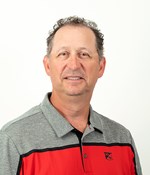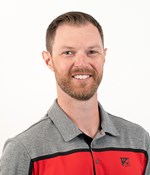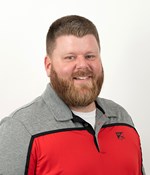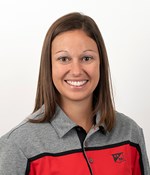Product and Agronomy Research (PAR) Results: Soybean Seed Treatment - Wabash
BY Dairyland Seed Agronomy Team
Soybean Seed Treatment – Wabash
Description:
Early season seedling diseases and pests can wreak havoc on soybean stands. Soybean seed treatments can help preserve stand that would otherwise be lost to these early season pests. In this study we examined the efficacy of our LumiGEN® soybean seed treatment offerings as compared to an untreated check. The variety used in this study was DSR-3499E™ planted at 110,000 seeds per acre on May 21, 2022.
Treatments:
- UT-Untreated
- F-Fungicide
- FI-Fungicide/Insecticide
- FI INOC-Fungicide/Insecticide/Inoculant
- FINST-Fungicide/Insecticide/ ILeVO Nematicide
|
|
LumiGEN® Premium FST (Fungicide) |
LumiGEN® FST/IST (Fungicide + insecticide) |
LumiGEN® FST/IST/INOC (Fungicide + insecticide + Inoculant) |
LumiGEN® FST/IST/NST (Fungicide + insecticide + nematicide) |
|
Lumisena fungicide |
✔ |
✔ |
✔ |
✔ |
|
LumiTreo™ + Metalaxyl fungicide |
✔ |
✔ |
✔ |
✔ |
|
L-2030 R biological |
✔ |
✔ |
✔ |
✔ |
|
Imadacloprid insecticide |
|
✔ |
✔ |
✔ |
|
ILeVO® nematicide & SDS |
|
|
|
✔ |
|
120+ inoculant plus extender |
|
|
✔ |
|
Results:
|
Treatment |
Moisture |
Test Weight |
Yield |
|
UT |
13.5 |
58.3 |
51.03 |
|
F |
13.5 |
58.0 |
56.95 |
|
FI |
13.5 |
58.4 |
56.87 |
|
FI INOC |
13.5 |
58.3 |
52.65 |
|
FINST |
13.4 |
58.3 |
56.23 |
Conclusion:
The FI INOC showed the least increase in yield at 1.62 bushels/acre, as compared to the untreated check which was due to some boarder effect in the plot. The remaining treatments were an average of 5.65 bushels/acre better than the untreated check. Seed treatments continue to show the ability to preserve yield potential of soybeans by protecting the plants from early season diseases and pests. Past soybean seed treatment trials at this site have shown an increase in yield of 1 to 2 bushels over untreated checks, we will continue to test seed treatments at this site to monitor efficacy.
 |
 |
 |
 |
 |
| Brian Weller Western Region 507.456.3034 |
Dan Ritter Central Region 219.863.0583 |
Branden Furseth Northern Region 608.513.4265 |
Mark Gibson Eastern Region 260.330.8968 |
Amanda Goffnett Eastern Region 989.400.3793 |
